Description
Xylanase: The Unsung Hero of Biomass Degradation and Beyond
In the realm of enzymes, xylanase might not be a household name like amylase or protease, but it plays a crucial role in diverse industries and the natural world. This versatile enzyme is a key player in the breakdown of xylan, a major structural component of plant cell walls. Understanding xylanase and its applications is essential for optimizing processes ranging from biofuel production to improving animal feed digestibility.
What is Xylan and Why is Xylanase Important?
Xylan is the second most abundant polysaccharide in nature, after cellulose. It’s a heterogeneous polysaccharide primarily composed of xylose sugar units linked together in a complex, branched structure. Think of it as the “glue” that, along with cellulose and lignin, holds plant cell walls together, providing rigidity and strength.
However, this “glue” can also be a challenge. Xylan’s complex structure makes it resistant to degradation by many organisms. This is where xylanase steps in. Xylanases are a family of enzymes that specifically target the xylan backbone, breaking it down into smaller, simpler sugars like xylose. This degradation makes plant material more accessible for other processes and can unlock valuable resources.
The Versatility of Xylanase: Key Applications
The ability of xylanase to break down xylan has led to a wide range of applications across various industries:
- Pulp and Paper Industry: Xylanase plays a vital role in “biobleaching” paper pulp. By removing xylan from the pulp, it reduces the need for harsh chemical bleaches, resulting in a more environmentally friendly paper production process with improved pulp quality. It can also improve the fiber drainage and reduce energy consumption.
- Animal Feed Industry: Adding xylanase to animal feed, particularly for poultry and swine, improves the digestibility of plant-based ingredients. By breaking down xylan, it releases nutrients that would otherwise be inaccessible, leading to better feed conversion ratios, improved animal health, and reduced manure production.
- Baking Industry: Xylanase can be used in bread making to improve dough handling properties, increase loaf volume, and enhance texture. It helps to modify the gluten network, resulting in a softer and more palatable product.
- Biofuel Production: Xylanase plays a crucial role in the hydrolysis of lignocellulosic biomass into fermentable sugars, which can then be converted into biofuels like ethanol. By breaking down xylan alongside cellulose, it increases the overall sugar yield and makes biofuel production more efficient and sustainable.
- Textile Industry: Xylanase can be used in textile processing to improve the feel and appearance of fabrics. It can help to remove impurities and improve the dye uptake of textiles.
- Food Processing: Beyond baking, xylanase finds applications in other food processing areas, such as fruit juice clarification, improving coffee extraction, and enhancing the stability of some food products.
Sources of Xylanase: From Microbes to Fungi
Xylanases are produced by a variety of organisms, including:
- Bacteria: Many bacteria, particularly those found in soil and decaying organic matter, produce xylanases to break down plant material for energy and nutrients.
- Fungi: Fungi are another major source of xylanases, with various species producing enzymes with different properties and activities.
- Yeasts: Some yeasts also produce xylanases, although they are generally less efficient than those produced by bacteria and fungi.
Future Directions: Enhancing Xylanase Performance
Ongoing research focuses on improving the efficiency and stability of xylanases. This includes:
- Strain Improvement: Scientists are exploring new microbial strains and using genetic engineering to enhance xylanase production.
- Enzyme Engineering: Modifying the amino acid sequence of xylanases can improve their activity, stability, and resistance to inhibitors.
- Optimization of Production Processes: Optimizing fermentation conditions and downstream processing can increase xylanase yields and reduce production costs.
Conclusion:
Xylanase is a powerful and versatile enzyme with a wide range of applications in various industries. Its ability to break down xylan, a major component of plant cell walls, makes it an invaluable tool for improving processes, reducing waste, and promoting sustainability. As research continues and new applications are explored, xylanase will likely play an even greater role in the future of biotechnology and beyond.

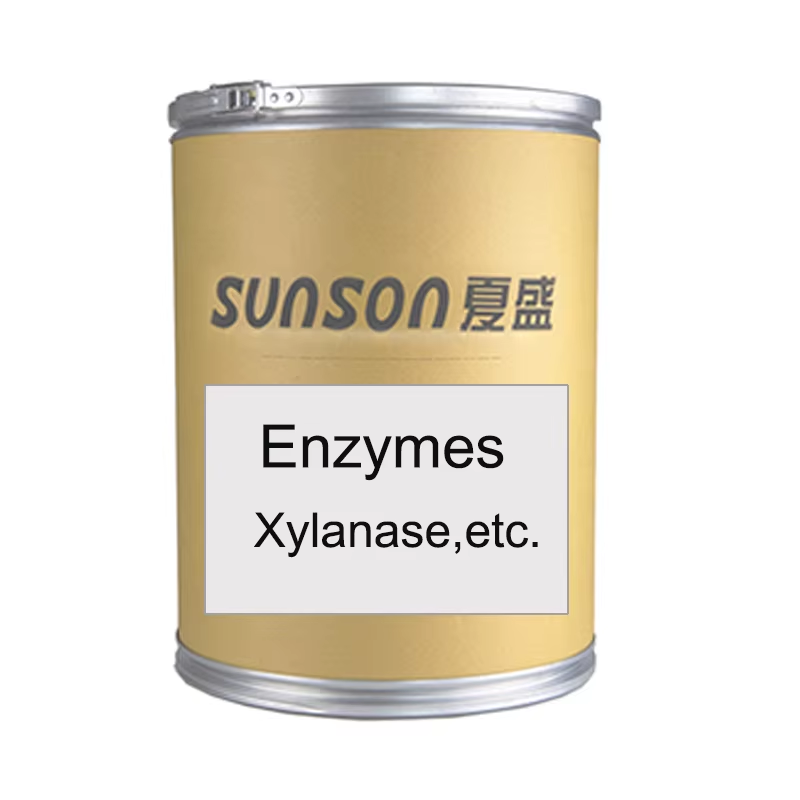
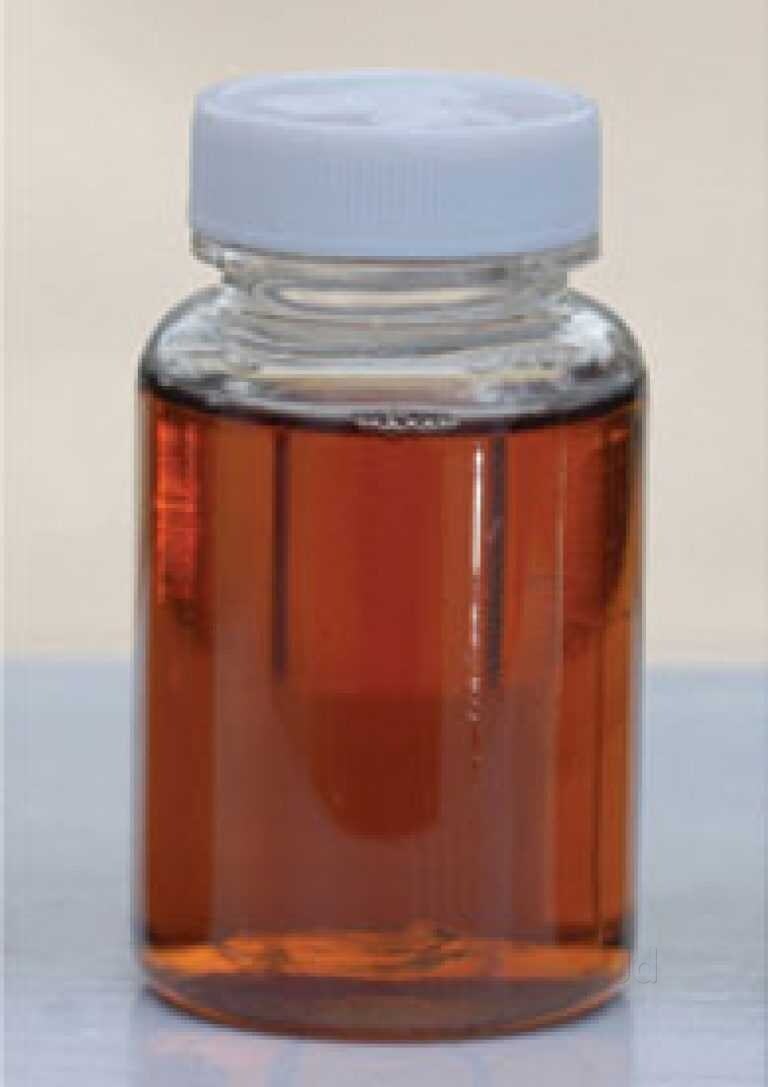

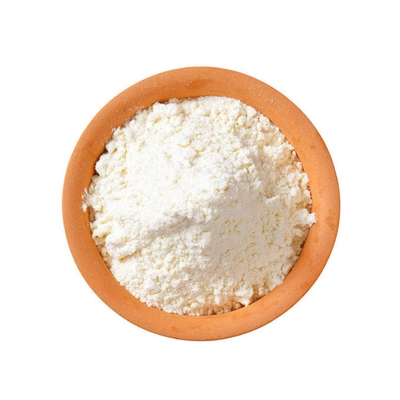
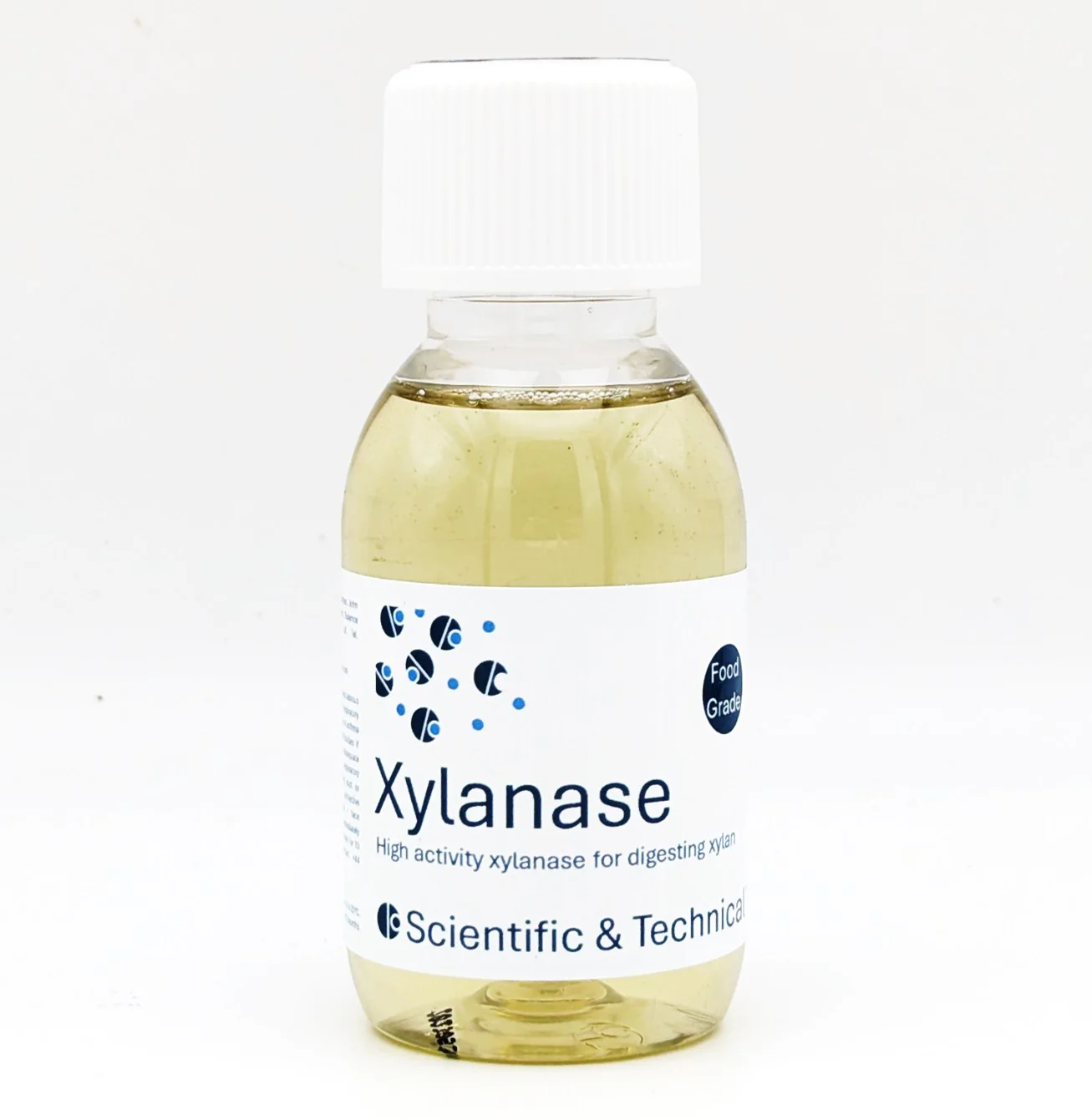


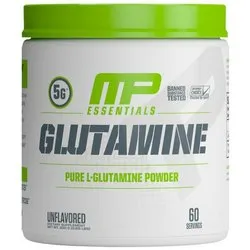


Reviews
There are no reviews yet.